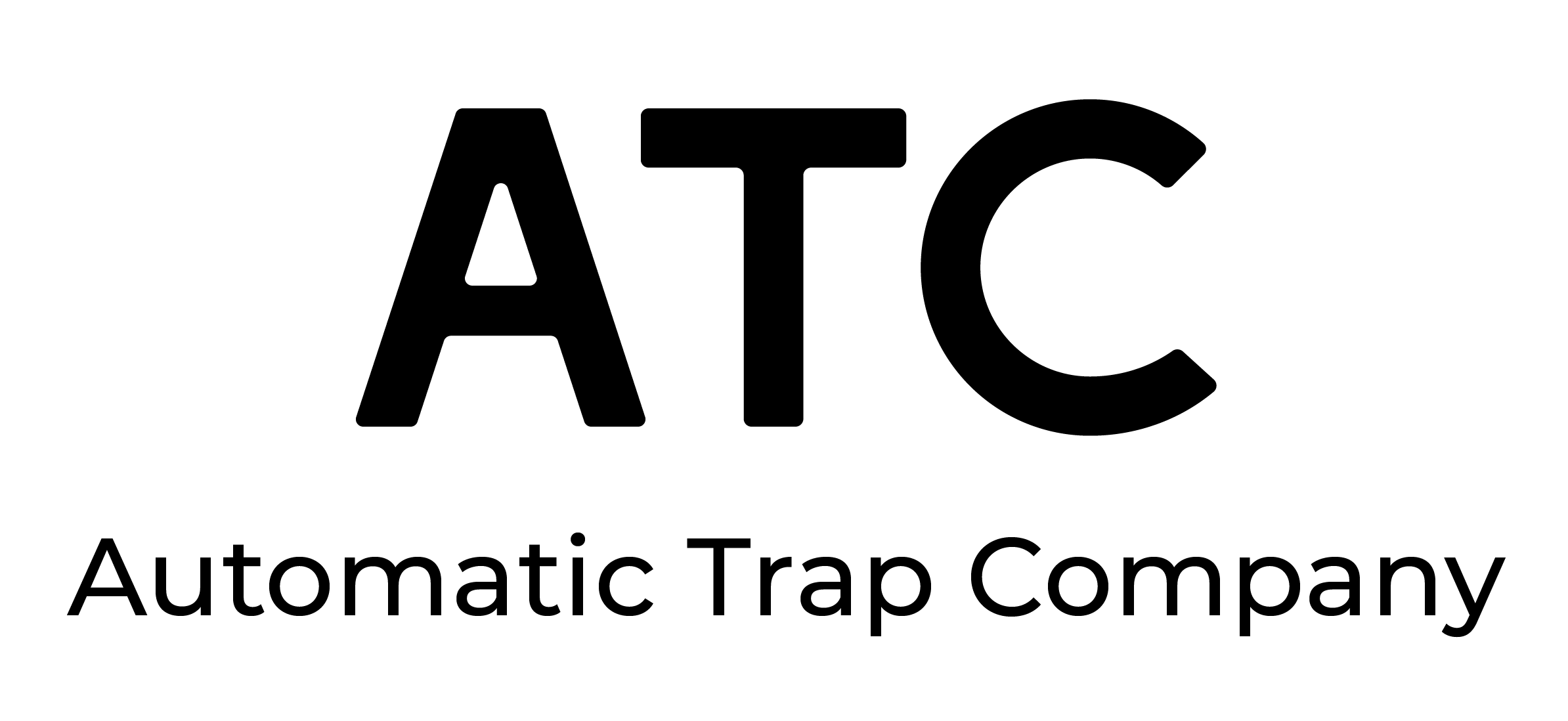
Mastering Your TerraTrap GS: Expert Tips for Faster California Ground Squirrel Control
Dealing with California Ground Squirrels can be a persistent challenge for homeowners and land managers alike. If you've recently deployed a TerraTrap GS system, you're on your way to effective control. While the traps are designed for success, getting ground squirrels to pre-feed and engage with the system can sometimes take a bit longer than expected.
We recently had a great discussion with a user who was seeing slower pre-feeding times with their TerraTrap GS, and we wanted to share some expert tips from Dale Shreve, a seasoned pro with the TerraTrap GS system. These pointers can dramatically reduce pre-feeding time, often seeing activity within a day or two, and sometimes even within hours!
The Dirt Bath: An Essential First Step
One of the most overlooked yet crucial steps is the dirt bath. Before deploying your TerraTrap GS, rub dirt from the surrounding area, especially near squirrel burrows, onto the trap.
Why is this so important?
-
Reduces Apprehension: The dirt helps to mask human and plastic scents, making the trap smell more like its natural surroundings.
-
Leverages Pheromones: If you get dirt from directly in front of a burrow, you'll transfer squirrel pheromones and urine onto the trap. These natural scents make the trap feel incredibly safe and familiar to approaching squirrels, encouraging them to enter sooner.
The Mighty Trench: Don't Skip This Step!
Observing user deployments, we've noticed that the trench is often overlooked, but it's far from an afterthought—it's integral to the trap's design and effectiveness.
Here's why the trench is vital:
-
Proper Fit: The tunnel isn't wide enough for every squirrel without the trench.
-
Optimal Triggering: The trench allows the squirrel to fall away from the trigger after activation. Without it, you might find your CO2 cartridges depleting quickly, or even all at once, without successful captures.
-
Small but Significant: This trench doesn't need to be massive—just a few inches deep makes a world of difference.
Strategic Pre-Baiting: Beyond the Trap
You might be pre-baiting the trap, but are you pre-baiting the burrows too? This is a game-changer!
-
Expand Your Reach: Toss 3-4 peanuts down every open burrow within 40-50 feet of your TerraTrap GS station. This introduces the new food source to squirrels with zero risk, building their confidence. Once they taste it, they'll seek it out.
-
Abundant Baiting: Fill the station with a generous amount of peanuts. Also, place a few peanuts in the trench near the back of the tunnel. This ensures that even the first curious squirrel sees an immediate reward.
-
Scent Attraction: The goal of abundant pre-baiting isn't just to get squirrels eating; it's to get their scent inside the station. As squirrels come and go, they leave behind their natural smells, which are just as attractive as the peanuts themselves.
-
Bait Experimentation: While peanuts are highly effective for California Ground Squirrels, local preferences can vary. If peanuts aren't yielding the desired results, consider trying other dry baits like corn. You could even set up one trap with peanuts and another with corn to see what works best in your specific location.
Location, Location, Location: Finding the Sweet Spot
Where you place your TerraTrap GS can impact its success. While the trap can work in open areas, placing it strategically can enhance its effectiveness and discretion.
-
Seek Cover: Most successful deployments are near bushes or rocks. This provides a sense of security for the squirrels and helps keep the trap less visible to the public or customers.
-
Proximity to Burrows (with a caveat): Squirrels typically forage about 50-75 feet away from their burrows. As long as you're within this range, they should be able to smell the bait and find the trap.
-
Avoid Being Too Close: Do not place the trap directly on top of a burrow. This will make squirrels cautious and neophobic (fearful of new things). If you choose an open area near a burrow, maintain at least a 20-foot distance.
Scavenger Training: Letting Nature Lend a Hand
The TerraTrap GS is designed with the ability for scavengers to remove captured squirrels, but this isn't always immediate. Scavengers need to be consistently visiting the area.
-
Initial Manual Removal: After your first few catches, you may need to manually remove the squirrels. Place them 10-15 feet away from the station or in a nearby bush. This allows the squirrel to decompose outside the trap and eventually disappear.
-
Monitor and Observe: Monitor your camera footage and aim to remove squirrels within 48 hours if no scavenger has claimed them. This 48-hour window helps scent the trap with squirrel smells, further attracting more squirrels, while also giving scavengers a chance to find the catch.
-
Establish a Routine: Once you see consistent scavenger activity, you won't need to check as frequently. At that point, a bi-weekly re-evaluation is often sufficient, letting nature do most of the disposal work for you.
-
Other Critters: The TerraTrap GS is also highly effective for rats and mice. You might see more kills on your counter than just squirrels! Crows and scrub jays are often quick to remove these smaller rodents during the day, sometimes even on the same day they're caught.
- Choosing a selection results in a full page refresh.
!

